
Funaria is a genus of approximately 210 species of moss. Funaria hygrometrica is the most common species. Funaria hygrometrica is called “cord moss” because of the twisted seta which is very hygroscopic and untwists when moist. The name is derived from the Latin word “funis”, meaning "a rope". In funaria root like structures called rhizoids are present.
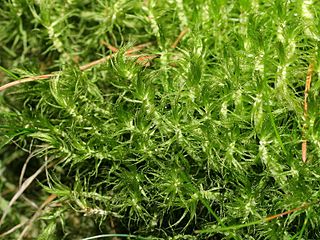
Dicranum is a genus of mosses, also called wind-blown mosses or fork mosses. These mosses form in densely packed clumps. Stems may fork, but do not branch. In general, upright stems will be single but packed together. Dicranum is distributed globally. In North America these are commonly found in Jack pine or Red pine stands.

Gymnostomum is a genus of bryophyte in family Pottiaceae. It was first described by Christian Gottfried Daniel Nees von Esenbeck and Christian Friedrich Hornschuch

Grimmia is a genus of mosses (Bryophyta), originally named by Jakob Friedrich Ehrhart in honour of Johann Friedrich Carl Grimm, a physician and botanist from Gotha, Germany.
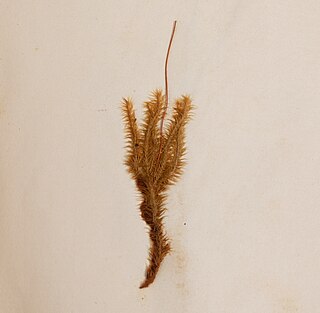
Breutelia is a genus of moss in the family Bartramiaceae. It has a worldwide distribution and contains about 200 species. Its name honours botanist Johann Christian Breutel (1788–1875). The type species is Breutelia arcuata.

Barbula is a genus of mosses in the family Pottiaceae.

Ditrichum is a genus of haplolepideous mosses (Dicranidae) in the family Ditrichaceae.
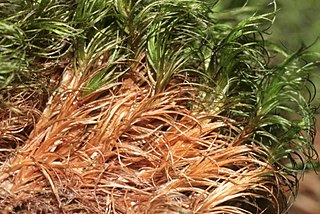
Campylopus is a genus of 180 species of haplolepideous mosses (Dicranidae) in the family Leucobryaceae. The name comes from the Greek campylos, meaning curved, and pous, meaning foot, referring to the setae which curve downwards.

Pohlia is a genus of mosses in the family Mniaceae, found on all continents including Antarctica. Some of its species are native to multiple continents. The center of diversity is the Northern Hemisphere.

Didymodon is a genus of mosses belonging to the family Pottiaceae. The genus has a cosmopolitan distribution.

Homomallium is a genus of moss belonging to the family Hypnaceae.

Neckera is a large genus of mosses belonging to the family Neckeraceae. The genus was first described by Johann Hedwig. The genus has a cosmopolitan distribution.

Plagiothecium is a genus of moss belonging to the family Plagiotheciaceae. It has a cosmopolitan distribution.

Tortella is a genus of mosses belonging to the family Pottiaceae. The genus was first described by Karl Müller and has a cosmopolitan distribution
Campylium is a genus of mosses belonging to the family Amblystegiaceae.

Homalothecium is a genus of mosses belonging to the family Brachytheciaceae.
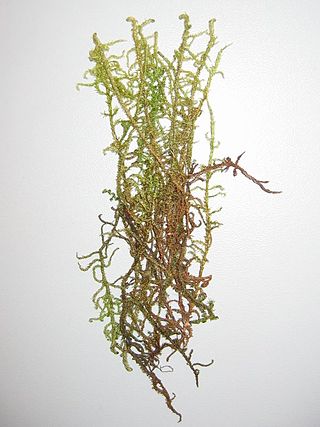
Drepanocladus is a genus of mosses belonging to the family Amblystegiaceae. It has a cosmopolitan distribution
Vesicularia is a genus of mosses belonging to the family Hypnaceae.
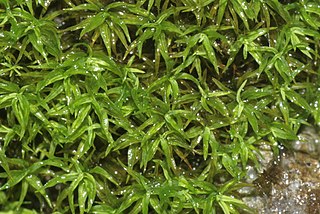
Trichostomum is a genus of mosses belonging to the family Pottiaceae.

















